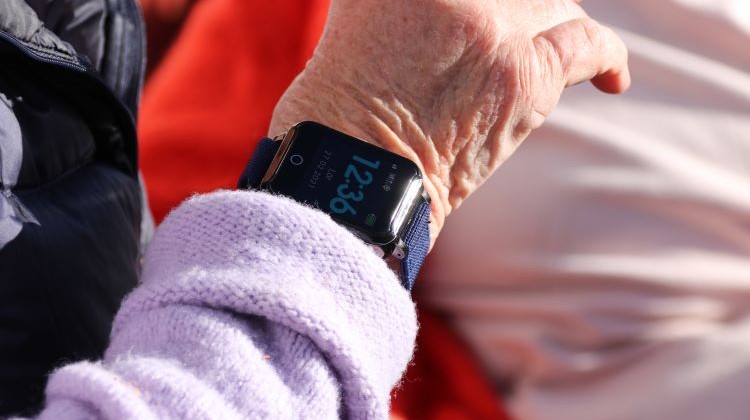Parkinson Symptoms – Early Signs and Common Indicators to Know
Parkinson’s disease is a neurological disorder that affects the nervous system and a person’s ability to move. It’s a progressive condition, meaning symptoms develop gradually over time. By paying attention to early signs, it’s possible to receive a diagnosis sooner and start treatment that can improve daily life and potentially slow the progression of the disease.
In this article, we go through the most common Parkinson symptoms, early warning signs to look out for, and when it’s time to contact a healthcare professional.
Common Symptoms of Parkinson’s Disease
The most well-known symptoms of Parkinson’s affect motor function, but there are also non-motor symptoms that can be just as challenging.
1. Tremors
One of the first and most recognizable signs of Parkinson’s. Tremors typically start in a hand or finger and are most noticeable at rest.
2. Muscle stiffness
Stiff muscles can cause discomfort and limit movement, especially in the arms, legs, and neck.
3. Slowness of movement (bradykinesia)
People with Parkinson’s often notice slower and more limited movements. Everyday tasks such as walking or getting up from a chair may become more difficult.
4. Balance problems and poor posture
A lack of balance and difficulty coordinating movement can increase the risk of falls.
5. Changes in walking pattern
Walking may become more shuffling, with shorter steps and reduced arm swing. It can feel like the feet are “stuck to the floor.”
Early Signs of Parkinson’s to Watch For
Symptoms often begin subtly and may be mistaken for signs of aging or other conditions. Some common early Parkinson symptoms include:
-
Reduced sense of smell
-
Changes in handwriting (smaller, cramped letters)
-
Constipation
-
Reduced facial expression (so-called “mask-like face”)
-
Softer or lower voice
-
Disrupted sleep with vivid dreams and movement
Non-Motor Symptoms of Parkinson’s
Parkinson’s doesn’t only affect the body – it can also impact mental and emotional well-being. Common non-motor symptoms include:
-
Depression or low mood
-
Anxiety
-
Fatigue
-
Memory and concentration problems
-
Drop in blood pressure when standing (orthostatic hypotension)
When to Seek Medical Help
If you or someone you know is experiencing several of the symptoms mentioned above, it’s important to speak with a healthcare provider. An early diagnosis and treatment plan can slow the disease’s progression and help maintain quality of life.
Parkinson’s and Dementia – What’s the Connection?
In later stages, some individuals with Parkinson’s may develop cognitive issues such as memory loss, poor concentration, and difficulty making decisions. This is referred to as Parkinson’s dementia. A related diagnosis, Lewy body dementia, includes both movement and cognitive symptoms. While not everyone with Parkinson’s develops dementia, it is an important aspect to be aware of.
Sensorem’s safety alarm has GPS positioning, medication reminders and automatic fall alarm
Sensorem’s personal alarm is an example of a technical aid specially developed for people with dementia. The personal alarm works outdoors and has built-in GPS positioning so that relatives can see the user’s position on a map in the Sensorem app. Relatives are automatically called by the personal alarm (two-way communication) if the user leaves a predetermined geographical area. The personal alarm also has medication reminders, which means that the watch emits a sound and tells the user that it is time to take their medication. The personal alarm can also alert automatically in the event of a fall with the built-in fall sensor.
READ ABOUT HOW SENSOREMS PERSONAL ALARM CAN HELP WITH DEMENTIA

